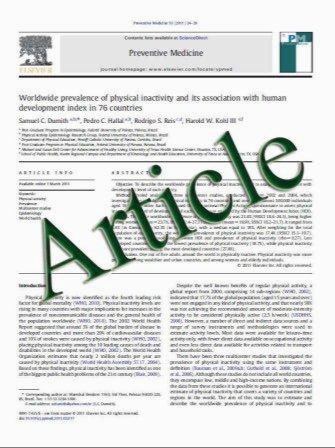Evaluation of Microvessels in Colorectal Tumors by Narrow Band Imaging Magnification: Including Comparison with Magnifying Chromoendoscopy
- نوع فایل : کتاب
- زبان : انگلیسی
- مؤلف : Yutaka Okamoto Hidetaka Watanabe Keiichi Tominaga Ryo Oki Michiko Yamagata Fumie Yokotsuka Motoo Ishida Hironori Masuyama Hideyuki H
- چاپ و سال / کشور: 2010
Description
Background/Aims Narrow band imaging (NBI) magnification analysis has entered use in clinical settings to diagnose colorectal tumors. Pit pattern analysis with magnifying endoscopy is already widely used to assess colorectal lesions and invasion depth. Our study compared diagnoses by vascular pattern analysis and pit pattern analysis with NBI magnification. Methods We examined 296 colorectal lesions—15 hyperplastic polyps (HP), 213 low-grade adenomas (L-Ad), 26 high-grade adenomas (H-Ad), 31 with intramucosal to scanty submucosal invasion (M-Sm-s), and 11 with massive submucosal invasion (Sm-m)—applying the system of Kudo et al. to analyze pit patterns, and the system of Tanaka et al. to analyze and classify vascular patterns by NBI into three categories: type A (hyperplasia pattern), type B (adenomatous pattern), and type C (carcinomatous pattern). Type C cases were subdivided into subtypes C1, C2, and C3. We used this system to examine histology type and invasion depth. Results Diagnostic sensitivity, specificity, and accuracy were 100% for both type II pit pattern HP and type A HP. Diagnostic sensitivity, specificity, and accuracy were 85.4, 94.5, and 93.2% for Vi and Vn pit pattern cancer and 95.2, 91.7, and 92.2% for type C cancer (no significant differences in sensitivity, specificity, or accuracy). Diagnostic sensitivity, specificity, and accuracy were comparable for Vi high-grade irregularity and Vn pit pattern Sm-m (90.9, 96.8, and 96.7%) and type C2/C3 Sm-m (90.1, 98.2, and 98.0%), with no significant differences in sensitivity, specificity, or accuracy. Conclusions Vascular pattern analysis by NBI magnification proved comparable to pit pattern analysis.
Dig Dis Sci (2011) 56:532–538 DOI 10.1007/s10620-010-1293-3 Received: 7 December 2009 / Accepted: 25 May 2010 / Published online: 11 June 2010


